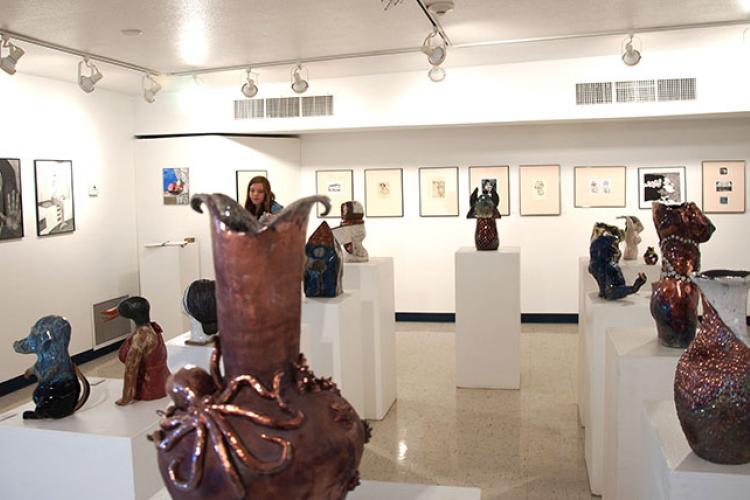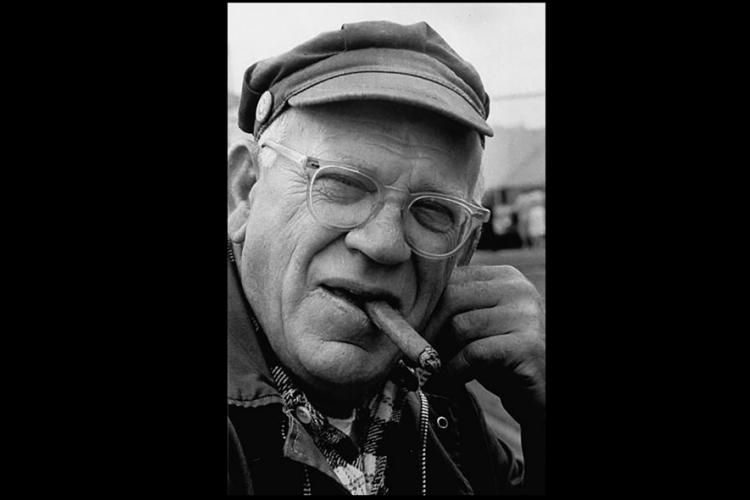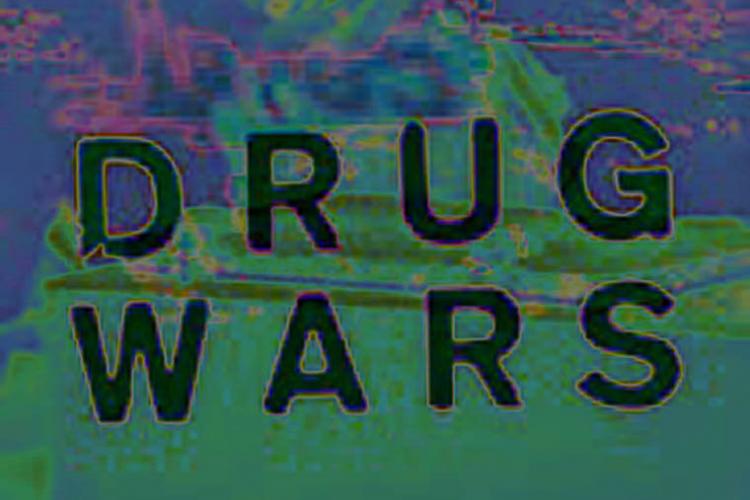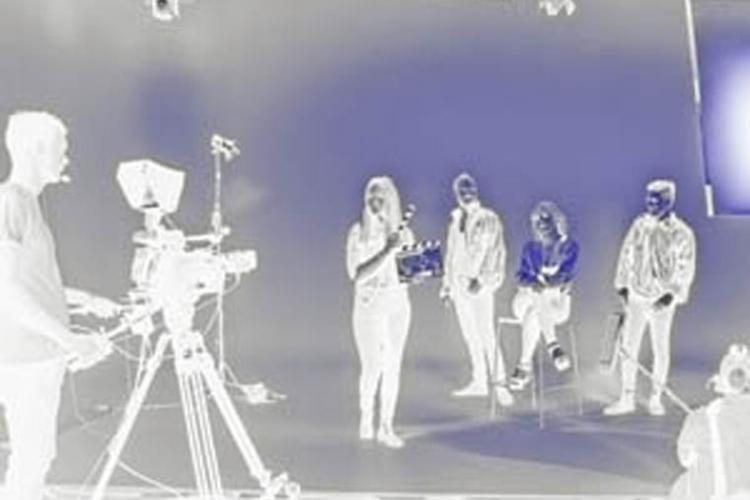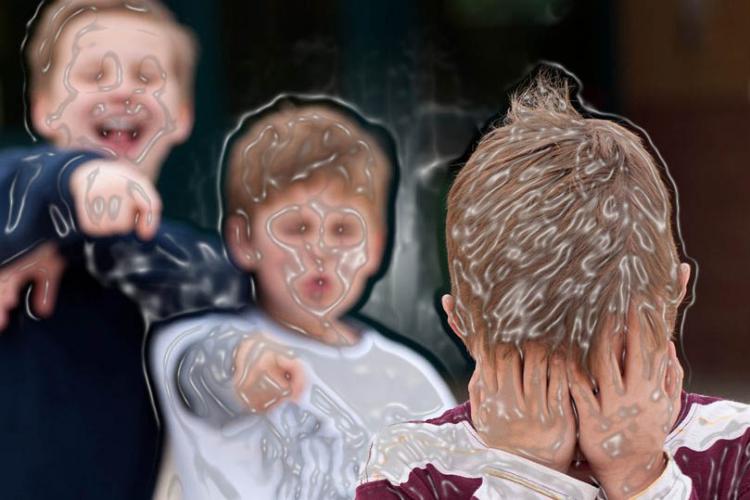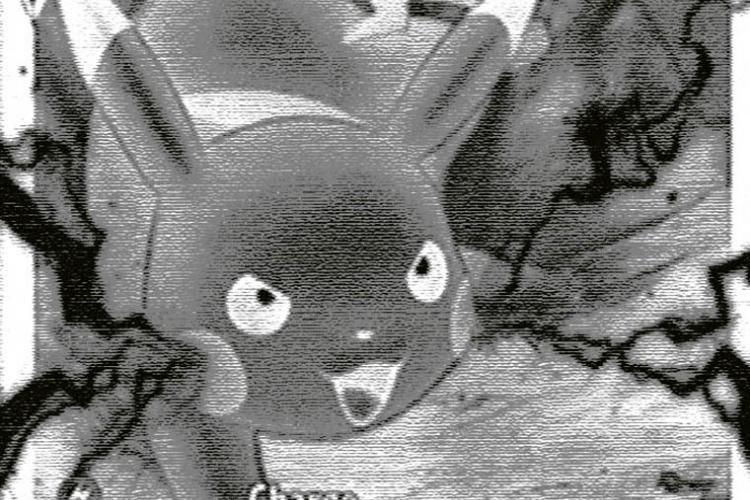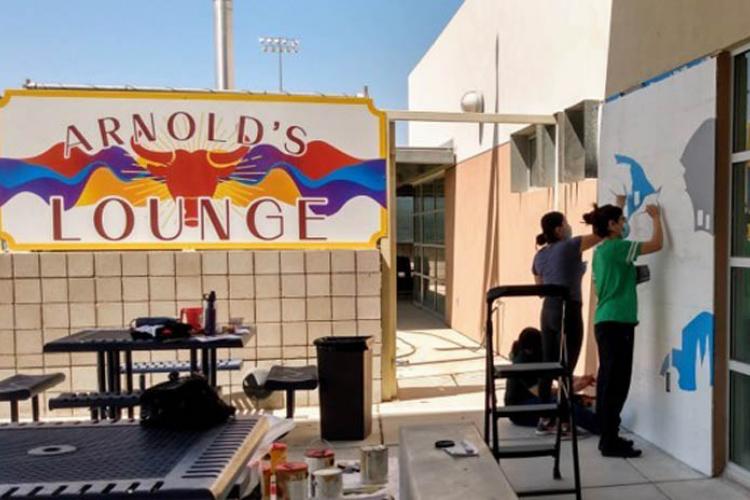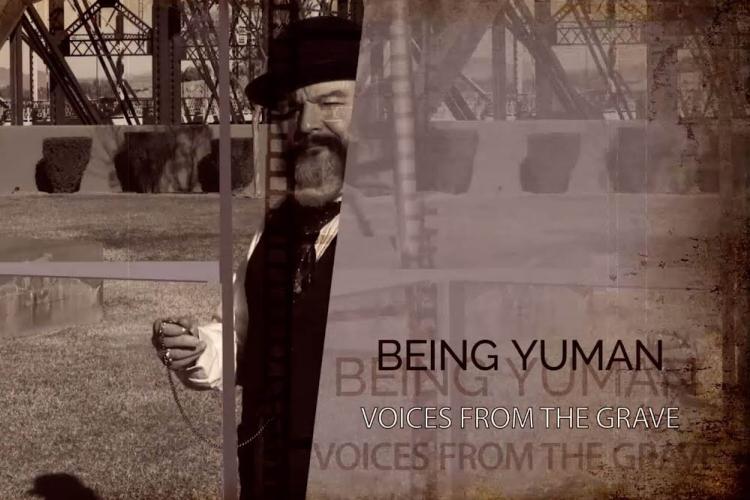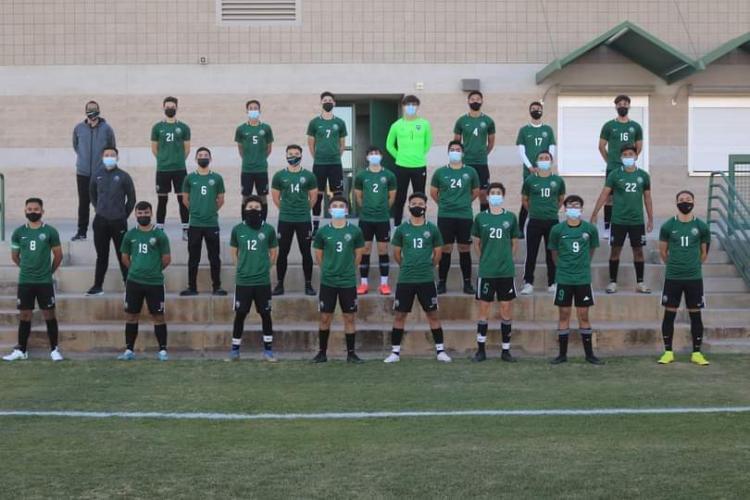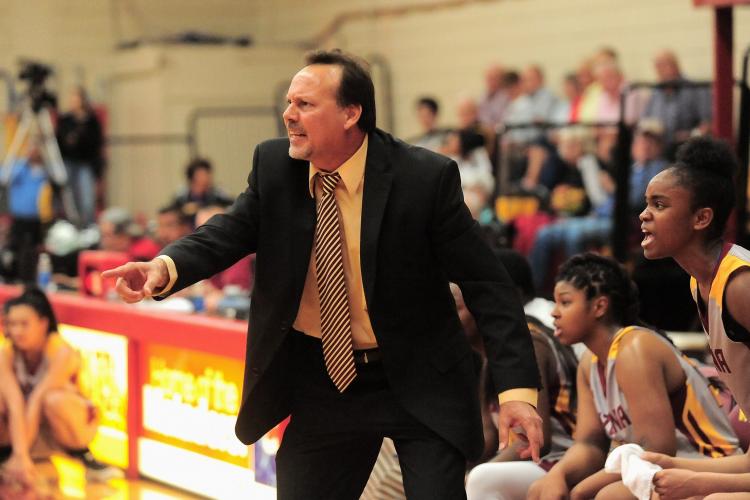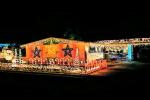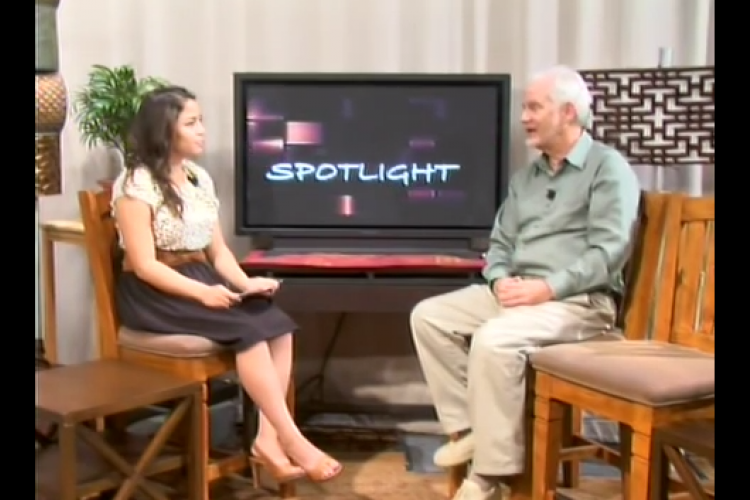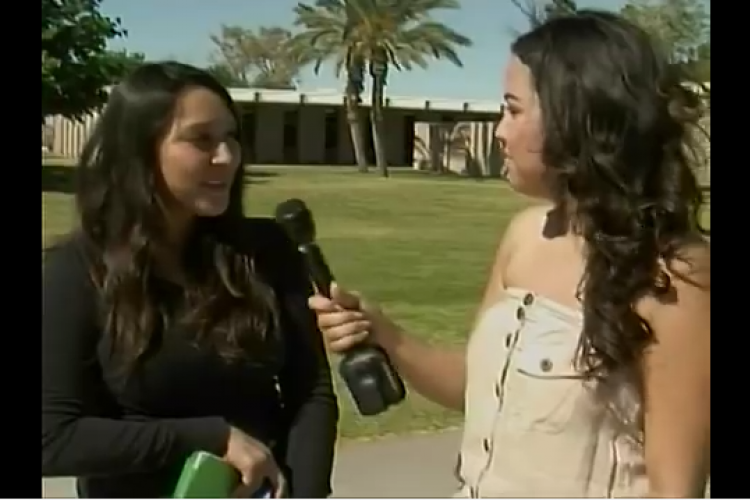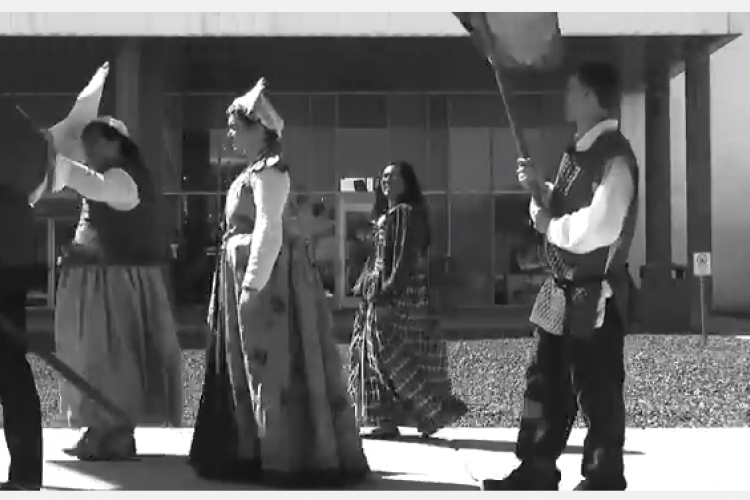
PART ONE:
For more than a century, we've been able to travel beyond our own narrow existence and explore the outer reaches of our imagination through the art of moviemaking. Through film we can explore new realms of thought, foreign cultures and experiences, and get fresh insights into our own existence.
Setting the standard
At the close of the 19th Century, when innovators in science and industry like Thomas Edison, Sigmund Freud, Marie Curie and Ivan Pavlov were all hard at work changing the world, a new art form was emerging -- the motion picture.
In the United States, a young filmmaker named D.W. Griffith was introducing new techniques to the fledgling industry that would elevate the product to artistic unimagined levels. His early works, including the 1915 classic, The Birth of a Nation, set the bar and served as an inspiration to future filmmakers all over the world.
Within a mere 14 years of the release of this groundbreaking silent movie, talking movies were already standard fare. Stars of the silent era, such as Tom Mix, Mary Pickford, Charlie Chaplin and Claire Windsor became old-hat as the world was introduced to the likes of Jean Harlow, Gary Cooper and Bette Davis.
By the 1930s, the silver screen had become America's favorite vacation spot. As the country was dealing with the worst economic depression in its history, Hollywood provided an escape. Whether moviegoers were in the mood for an exciting adventure, a zany romp or a steamy romance, for the price of a ticket they were in another world.
There's a war on
On December 7, 1941, the U.S. was attacked at Pearl Harbor and within three days was at war with Japan, Germany and Italy. The entire country banded together to support our troops, and Hollywood had a new mission.
Not only did the studios entertain and provide escape, now they also threw their support behind the mission abroad by boosting morale at home. Studios provided propaganda films to stir the public, star power to promote the sale of war bonds, newsreel footage of GIs doing their duty and even training films for our troops.
Movies became overtly patriotic and frequently featured brave soldiers on duty and on leave. Major stars from Clark Gable to Jackie Cooper enlisted in the armed services and did their part to keep morale high and patriotism swelling in the hearts of the folks back home.
When the war was over, Hollywood was more prosperous than it ever had been, but the studio system that had built the industry was about to come to an end.
Editor's note: Throughout the semester Film Studies student Anthony Bannister will take Western Voice readers through the history of Hollywood cinema, examining its changing role in our lives.


